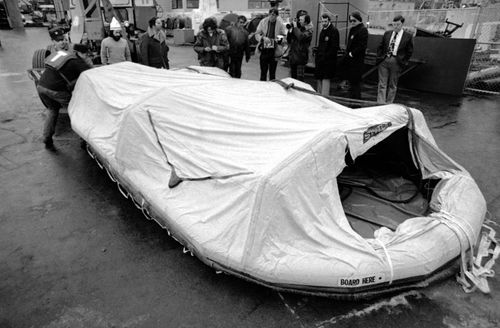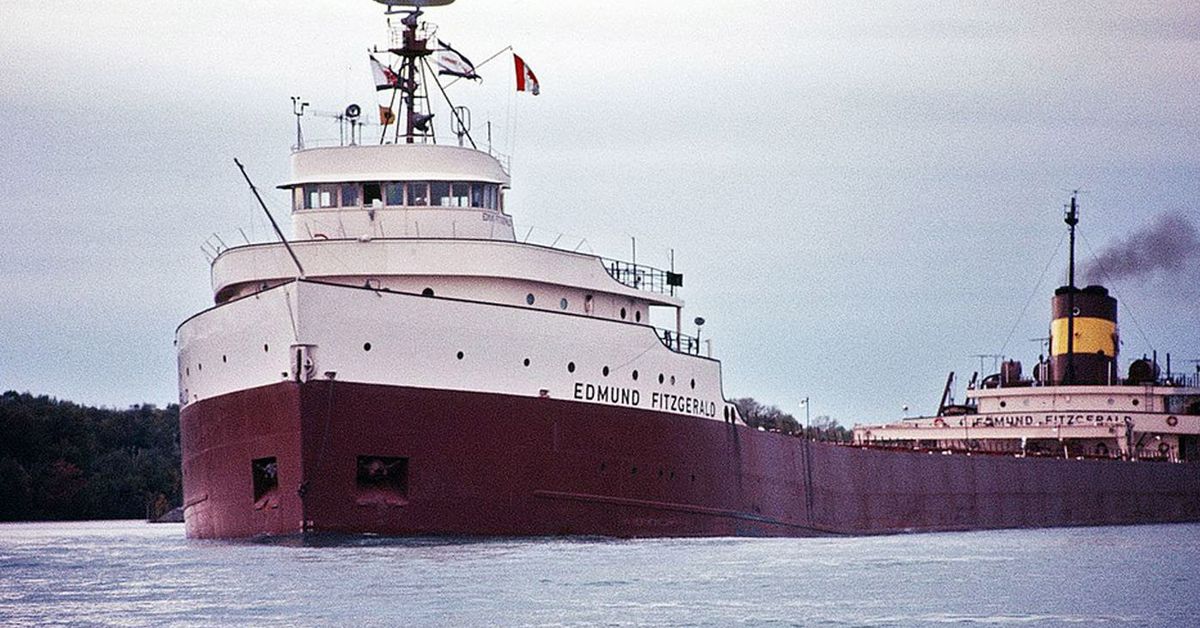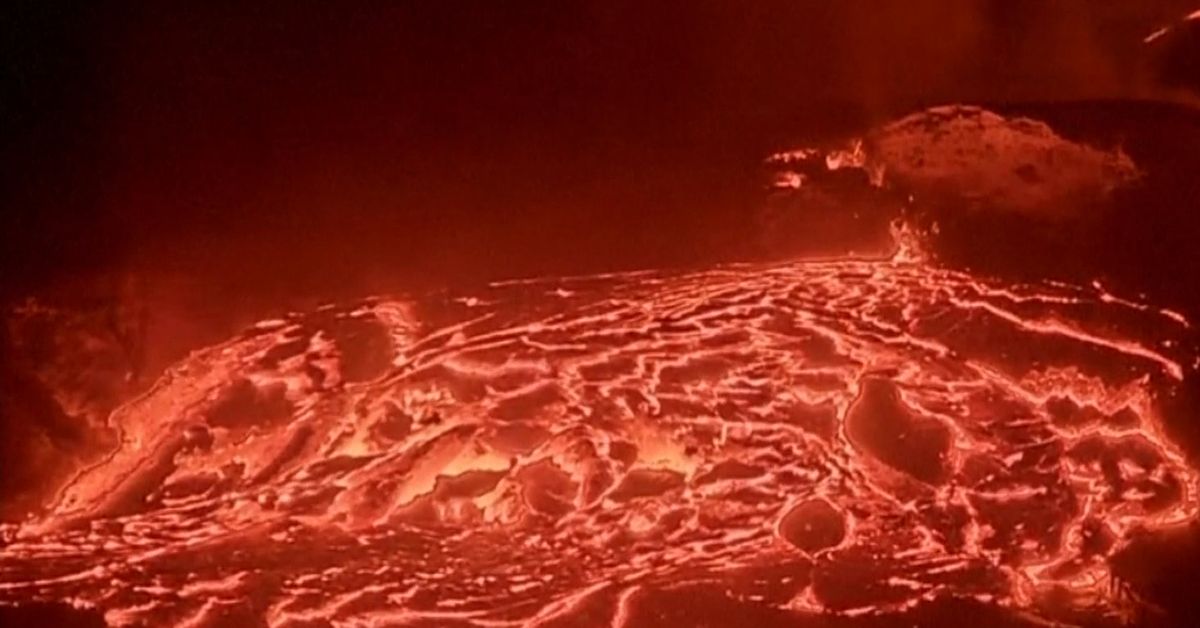On November 10, 1975, the most famous of thousands of ships that have gone down in the Great Lakes, between the US and Canada, sank.
The SS Edmund Fitzgerald, a 220-metre freighter carrying 20,000 tons of iron ore, was heading across Lake Superior to Detroit when stormy weather blew up.
The vessel soon began listing and its navigation was hampered when both radars were knocked out by the wild winds.

By early evening, the captain in his final radio message told another ship on the lake the seas were some of the worst he’d ever seen and waves were spilling over the deck.
The Fitzgerald sank just after 7pm in 160 metres of water, killing all 29 sailors aboard.
The disaster happened so quickly that no lifeboats were launched and no mayday call was sent out despite the crew being on the radio only minutes before.
Official investigations failed to pinpoint the exact cause of the Fitzgerald’s sinking, but many local mariners believed a rogue wave was behind the tragedy.
For centuries, sailors on the Great Lakes swapped terrifying stories of ships mysteriously vanishing, sunk by giant walls of water that seemed to appear from nowhere.

The crew of a nearby ship, which was trailing the Fitzgerald on the evening of the disaster, reported waves as high as 11 metres.
One theory is that it was hit by three very powerful waves – known by local mariners as the “three sisters” – in quick succession.
The wall of water was so intense the Fitzgerald couldn’t shed water from the first wave before the following two waves struck, overwhelming the vessel.
This – combined with improperly fitted hatches highlighted in a US Coastguard report – would have led to the rapid sinking of the ship.
The Fitzgerald was the largest and most famous of the estimated 6500 ships that have gone down in the Great Lakes.

But the ship is remembered while the others are forgotten, thanks in large part to Canadian folk singer Gordon Lightfoot’s haunting 1976 ballad about the disaster that became a surprise hit.
The tragic sinking also triggered major safety improvements for vessels sailing on the Great Lakes, including mandatory survival suits and improved positioning systems.








